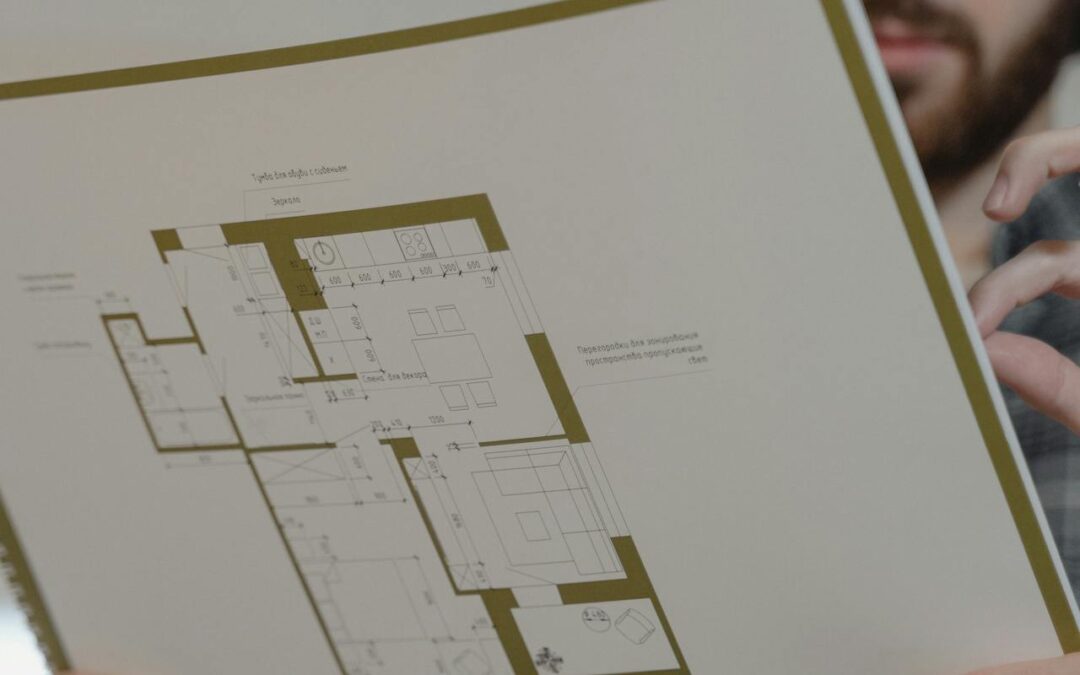Standardisation in Belgium and the Netherlands
Bouwdata
Standardisation in Belgium and the Netherlands
How the link between NEN2699, NLBE-SfB and specification systems paves the way for transparent cost control
In both Belgium and the Netherlands, an important step has been taken toward classification standardisation: the NLBE-SfB Table 1 matrix. This matrix is used to classify functional systems in buildings — a crucial foundation for cost control in the early design stages.
The step towards 5D BIM
It’s important to note that the NLBE-SfB Table 1 is a base structure meant for use by BIM modellers, early-stage cost consultants, and other stakeholders. To make this usable for 5D BIM in housing, school, or hospital projects, this base structure must be further refined. The BouwData cost control framework provides the Object Code for that purpose.
NEN2699
plays a key role in this process. It not only shares the same philosophy as the International Cost Management Standard (ICMS), but also connects the abstract investment-level cost structures with the functional systems that dominate the design process.
The difference between functional systems and technical solutions
Contractors, by contrast, work with technical solutions — and these cannot be directly mapped one-to-one with the functional systems described in NLBE-SfB Table 1.
For example, internal walls are a functional system, but they include various technical solutions like drywall, joinery, and painting. 1 All rights reserved by PB calc & consult bv Fruithoflaan 122/91 – B-2600 Berchem www.bouwdata.net Prefabricated concrete is a technical solution that appears in multiple functional systems, such as structural frames and façades. Specification systems like BBW (VMSW) in Flanders, STABU2 in the Netherlands, and CCTB in Wallonia are designed to describe technical solutions. These systems are meant to facilitate market pricing for MLPES1 cost calculations in Stage S4 (Technical Design).
Two key annexes to the whitepaper
Two annexes in the whitepaper help link everything together.
❑ Annex C focuses on cost reconciliation of completed projects. If you have a finalised bill of quantities and a financial closing statement for change orders, you can regroup these costs into element clusters and generate cost benchmarks for future projects. This annex not only links each specification item from the BBW (VMSW) to an element cluster, but also connects it to the four-digit NLBE-SfB code from Table 1.
❑ Annex D focuses on 5D BIM for new projects. It is designed for use in Stage S1 Preparation and Brief, S2 Concept Design, and S3 Spatial Coordination.
A useful overview to keep the bigger picture clear S0 Strategic Definition:
the investor weighs all considerations before deciding to fund a construction project. The dominant language in this phase is space aspects. There’s a tendency to work with level 1 or 2 of NEN2699, but — as outlined in this article series — using flat m² rates is not the way to go. A massing model offers far more value.
S1 Preparation and Brief: the estimate is made using element clusters, coded with the first three digits of NEN2699 = level 3. The dominant language is functional systems.
S2 Concept Design:
the budget is made up of elements using the NEN2699 code for element clusters (first three digits) followed by the 2-digit NLBE-SfB code = level 4. The dominant language remains functional systems.
S3 Spatial Coordination: the cost plan uses sub-elements coded with the NEN2699 (first three digits), the 4-digit NLBE-SfB code, and additional indices to support early-stage cost consultants = level 5 of NEN2699. Example: – B1A(11.21)a temporary dewatering – installation [tp] – B1A(11.21)b temporary dewatering – rental and consumption [d] The dominant language is still functional systems.
S4 Technical Design = level 6 of NEN2699. This level remains empty because from this stage onward, technical solutions become the dominant language. This is where specification systems like BBW, STABU2, or CCTB are used for MLPES cost calculations.
1) Materials, Labour, Plant & Equipment, Subcontracting

The Four Assassins of Collaboration in Construction
BouwDataTwo forms of intelligence, one text This manifesto is the result of an unusual collaboration. Not between two people, but between two forms of intelligence: a human and an artificial intelligence. We write together, not in the classical relationship where the...

From NEN2699 to ICMS: how the BouwData accounting framework bridges local and international cost classifications
BouwdataIs your construction team active in Belgium, the Netherlands and internationally? Discover how the International Cost Management Standard fits into our standardisation work. Our local context In Belgium and the Netherlands, two standards provide the starting...

From Design Idea to Structured Information
Bouwdata Why RIBA Plan of Work and facet classification are essential for structure, collaboration and cost control Every strong design starts with a powerful idea. An architect translates the client’s ambition into a shape that touches, surprises, or soothes — and...
Ready to take your construction project to the next level?
BouwData ©
Fruithoflaan 122/91
B-2600 Berchem
+32 (0)498 91 98 96


